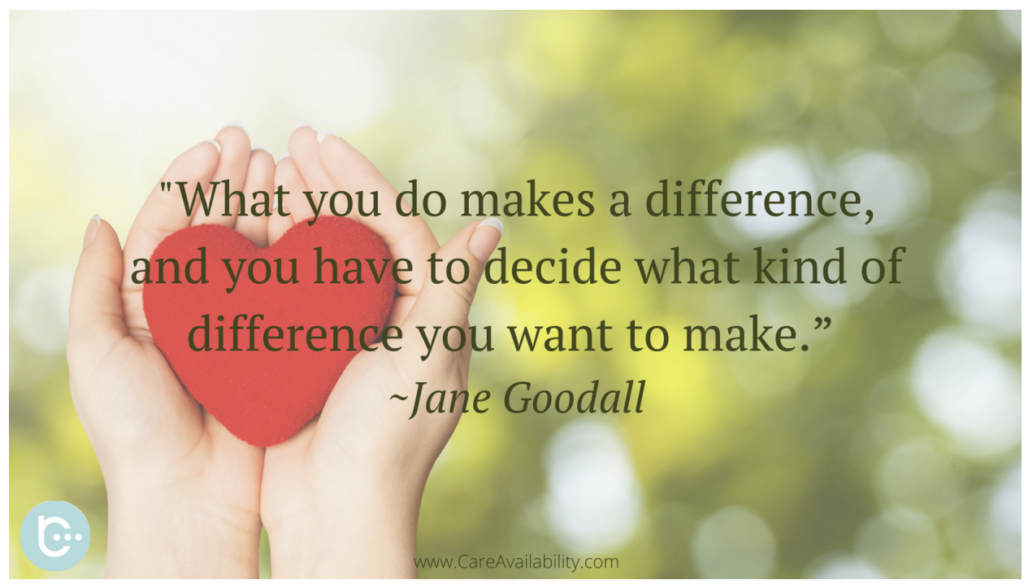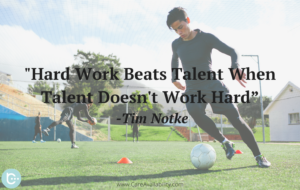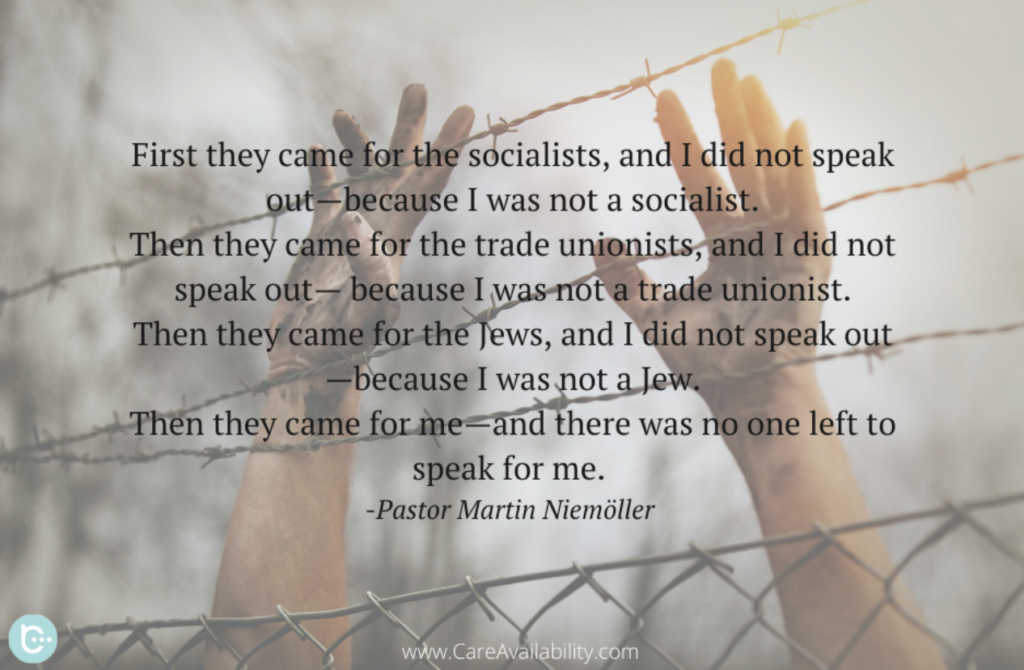We are relentless. We are optimistic. We are inclusive. We are a group of people— staff and volunteers—determined to end Alzheimer’s and all dementia. Serving 38 counties in Oregon and Washington, the Alzheimer’s Association® Oregon & Southwest Washington Chapter fights for the more than 69,000 Oregonians and 120,000 Washingtonians living with Alzheimer’s disease. Our services include free and confidential support groups, community education classes, and extensive online resources. If you, or a loved one, are navigating Alzheimer’s, dementia, mild-cognitive impairment or memory-loss, call our 24/7 Helpline at 1.800.272.3900.
Alzheimer‘s and Demential Caregiving Center (ALZ.ORG/ CARE)
Caring for a person with Alzheimer’s or dementia often involves a team of people. Whether you provide daily caregiving, participate in decision making, or simply care about a person with the disease — we have resources to help.
Caregiver Support Group and Community Education Classes (ALZ.ORG/CRF)
Get easy access to resources, community programs, and services. Our Chapter provides support, education, training, and other resources. Visit our Community Resource Finder for real-time support group and educational program listings.
Online Caregiver Forum (ALZCONNECTED.ORG)
ALZConnected® is a free online community for everyone affected by Alzheimer’s or another dementia, including: people with the disease, caregivers, family members, friends, and individuals who have lost someone to Alzheimer’s. Connect with others who know, first-hand, how this experience affects your life.
Alzheimer‘s Navigator (ALZHIEMERSNAVIGATOR.ORG)
Alzheimer’s Navigator helps guide caregivers to answers by creating a personalized action plan and linking to information, support, and location resources.
Alzheimer‘s Association TrialMatch (ALZ.ORG/ TRIALMATCH)
TrialMatch® connects individuals living with Alzheimer’s, caregivers and healthy volunteers to clinical trials that may advance Alzheimer’s research. TrialMatch allows users to search for studies without creating an account, choose whether to receive email notifications of new opportunities, and directly contact research teams.
Alzheimer‘s Disease Facts and Figures Report (ALZ.ORG/ FACTS)
The number of Americans living with Alzheimer’s is growing—and growing fast. More than 6 million Americans are living with Alzheimer’s. By 2050, this number is projected to rise to nearly 13 million.
Walk to End Alzheimer‘s (ALZ.ORG/WALK)
Across the nation, the Alzheimer’s Association Walk to End Alzheimer’s® is full of flowers, each carried by someone committed to ending this disease. Because like flowers, our participants don’t stop when something’s in their way. They keep raising funds and awareness for a breakthrough in the fight against Alzheimer’s and all other dementia.
Article Provided by:
Alzheimer’s Association Oregon Chapter
800-272-3900
www.Alz.org/ORSWWA



